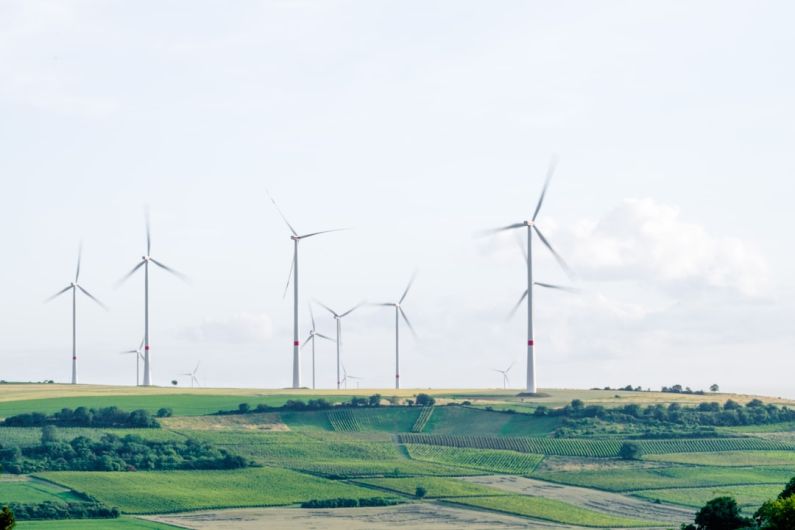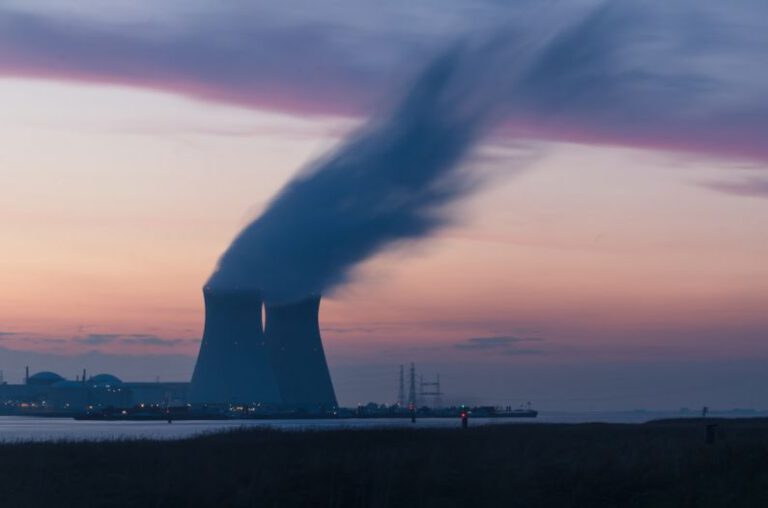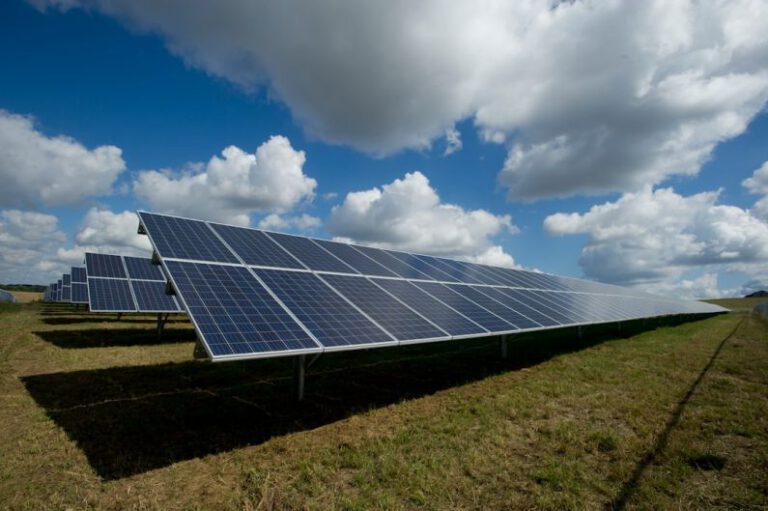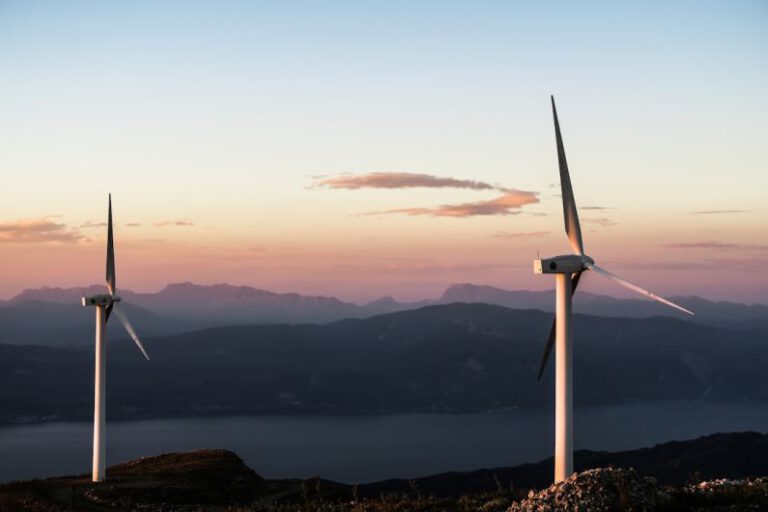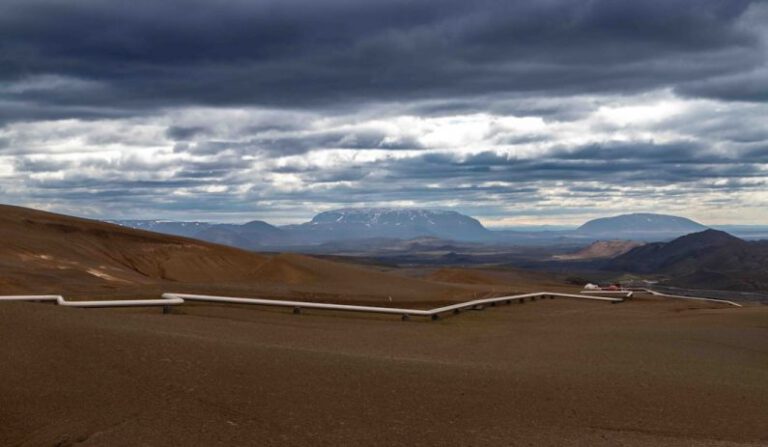Wind Tree Turbines: the Artful Harvesters
In the ever-evolving world of renewable energy, innovation continues to push the boundaries of what we once thought possible. Among the latest groundbreaking developments in this field are Wind Tree Turbines, a marvel of engineering that combines sustainability with artistic design. These tree-like structures are revolutionizing the way we harness wind power, offering a visually striking alternative to traditional wind turbines.
Captivating Design
Unlike their towering counterparts, Wind Tree Turbines are designed to mimic the aesthetic appeal of a tree. With branches adorned with small, sleek wind turbines, these structures blend seamlessly into urban and natural landscapes, offering a visually appealing alternative to conventional wind farms. The intricate design of Wind Trees not only makes them a functional source of renewable energy but also a striking piece of art that sparks curiosity and admiration.
Efficient Energy Production
Despite their smaller size, Wind Tree Turbines are incredibly efficient at harnessing wind energy. The vertical axis turbines mounted on the branches are strategically placed to capture wind from all directions, maximizing energy production. This innovative design allows Wind Trees to generate electricity even in lower wind speeds, making them a reliable source of renewable energy in a variety of environments.
Versatile Placement
One of the key advantages of Wind Tree Turbines is their versatility in terms of placement. Unlike traditional wind turbines, which require vast open spaces and can be visually intrusive, Wind Trees can be installed in urban areas, parks, and even residential neighborhoods. Their compact size and artistic design make them an attractive option for cities looking to integrate renewable energy solutions without sacrificing aesthetics.
Community Engagement
Wind Tree Turbines not only provide clean energy but also serve as a catalyst for community engagement. Their unique design sparks conversations about sustainability and renewable energy, encouraging people to rethink their relationship with the environment. By incorporating Wind Trees into public spaces, cities can inspire residents to take action towards a greener future and foster a sense of pride in their community’s commitment to sustainability.
Environmental Impact
In addition to their aesthetic appeal and efficiency, Wind Tree Turbines offer significant environmental benefits. By harnessing wind power, these structures help reduce greenhouse gas emissions and combat climate change. Their ability to generate clean, renewable energy contributes to a more sustainable future, helping to preserve the planet for future generations.
Challenges and Future Prospects
While Wind Tree Turbines hold great promise as a sustainable energy solution, they are not without challenges. The high upfront costs of manufacturing and installing these structures have been a barrier to widespread adoption. However, as technology advances and economies of scale come into play, the cost of Wind Trees is expected to decrease, making them a more viable option for communities around the world.
Looking ahead, the future of Wind Tree Turbines is bright. With ongoing research and development, these artful harvesters are poised to become an integral part of the renewable energy landscape. As awareness of the importance of sustainability grows, Wind Trees offer a compelling solution that combines functionality with beauty, paving the way for a greener and more visually appealing world.
